Pitfalling at Scotia Sanctuary – November 2011
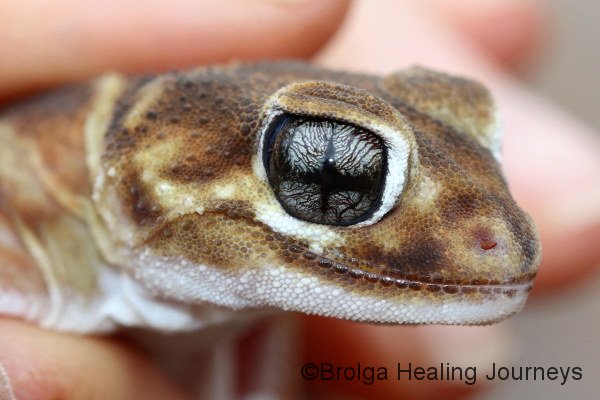
Anyone who has read our blogs over the past year would know that we love the Australian Wildlife Conservancy’s Scotia Sanctuary. Needless to say, we were excited to have the opportunity to assist during the annual pitfalling survey there in November 2011.
Scotia is well known for its successful re-introductions of species such as the Greater Bilby, the Numbat, the Bridled Nail-Tail Wallaby, the Brush-Tailed Bettong and the Burrowing Bettong into large feral-free enclosures. But Scotia is also home to a great many other wildlife species, thriving in the healthy mallee, spinifex and belah (casuarina) habitats found across its 65000 hectares. Outside of Scotia many of these wildlife species face greater challenges to survival, such as habitat loss through grazing and pressure from feral predators.
The pitfall surveys provide data on Scotia’s smaller mammals and reptiles, as well as invertebrate abundance. Sites have been selected in a range of habitats to provide information on species distribution and habitat preferences. The same pitfall sites are used for each annual survey, enabling the AWC’s ecologists to build up a meaningful data-set over many years.
“Pitfalling” conjures up an image of some treacherous activity carried out in an adventure movie, but is in fact a benign survey technique used by ecologists. Each survey site covers a large roughly square area and consists of five pitfall lines; four straight pitfall sections along the boundary of the site and a cross-shaped pitfall configuration in its centre. Each pitfall line consists of a low plastic fence-line, known as a drift-fence, with pit-traps – large buckets – sunk at each end and at the halfway point of each line. A bucket is also sunk at the junction of the cross-shaped pitfall area. In addition to the buckets, funnel traps are set part-way along each line. Clear as mud?! Anyway, these are conventional wildlife surveying techniques, and the purpose of the drift-fence is to channel small mammals and reptiles to the pit-traps or funnel traps, where they either fall into a bucket, or wander into the mesh of a funnel to be caught. The survey team would later return to the site to identify, record and release each trapped creature.
Pitfalling surveys at Scotia are a major event. Three teams operated during the November survey, each setting up and monitoring three sites for several days, after which they would transfer the equipment to three new sites. This activity continued for most of the month, though Nirbeeja and I were only involved in the second half of the survey due to our earlier commitments at Yookamurra Sanctuary. In all, over fifty sites were covered in the survey.
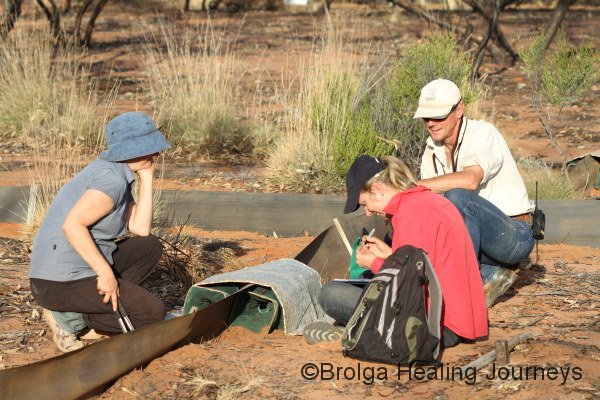

The survey sites are scattered far and wide, often many kilometres apart. This meant for a quite a deal of driving during the survey, giving us the opportunity to re-acquaint ourselves with the beauty and diversity of Scotia. There was also a lot of foot-work during the survey, walking in to sites from the road and walking around to check traps, re-acquainting us with Scotia’s spinifex plants and their needle-like spines, not always a pleasant experience!
Now, this technical explanation may sound pretty dry, but in reality pitfalling is enormous fun. There is nothing quite like the sense of anticipation you experience as you walk in to a site, wondering what awaits you. Will it be a dunnart or a ningaui, a snake or a gecko? This sense of child-like wonder engulfs all involved, not only relative newcomers like Nirbeeja and me, but also the ecologists who have been doing this for years. Pitfalling requires hard work and long hours in pretty tough conditions, but the weariness dissolves each time you encounter one of the special little inhabitants of the bush. The opportunity to see a small marsupial close-up or even to hold one is a rare privilege in a world where they are, sadly, fast disappearing. And it is a continuing reminder for us of the vital role played by the AWC in saving these species.
And what of the survey in November? Well, it proved very successful. (We’d recommend you keep an eye on the AWC’s website for more detail on the survey results (www.australianwildlife.org).) The teams trapped (and released) a great many reptile species, a large number of which were new to Nirbeeja and me. We saw the Bandy Bandy Snake and the Australian Coral Snake for the first time, beautiful creatures, as well as our first Common Dunnarts and Southern Ningauis, both feisty little carnivorous marsupials, and the endangered native Bolam’s Mouse. We also got to handle many skinks, geckos and dragons. We had a ball! Before our arrival the other teams also recorded the Fat-tailed and Stripe-faced Dunnarts.
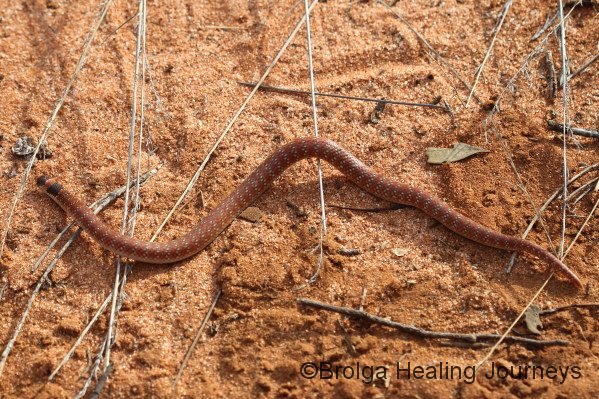
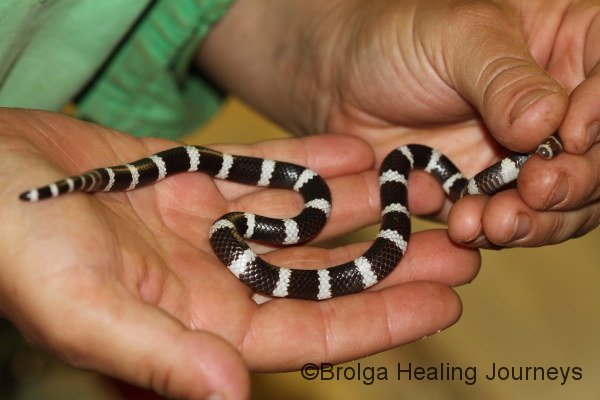
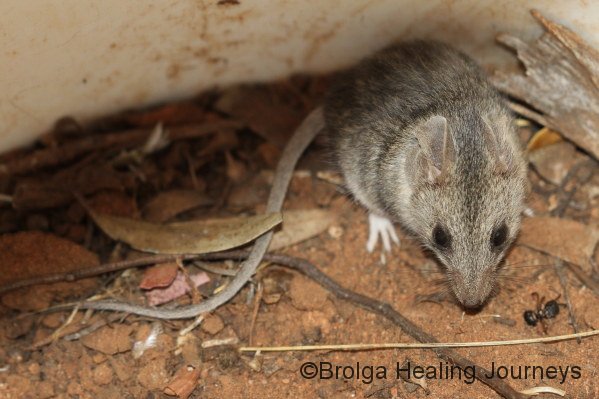
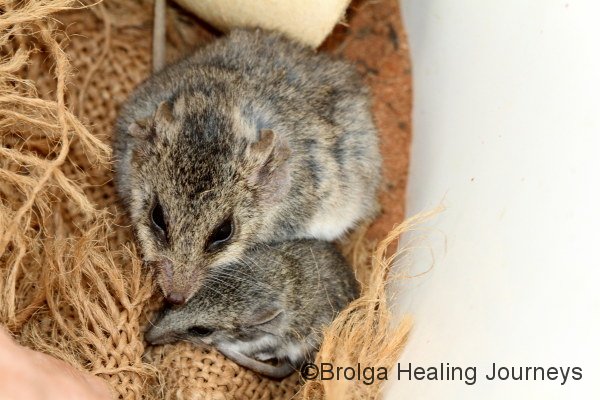
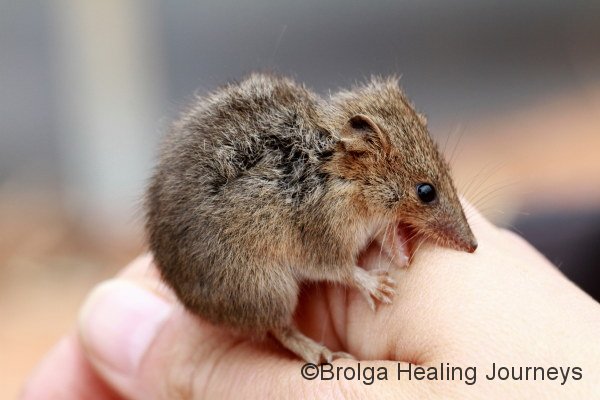
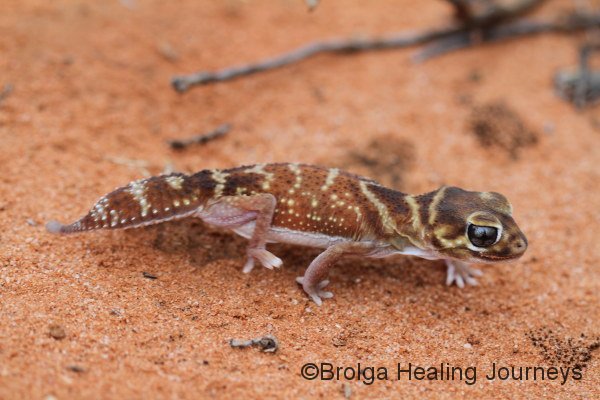
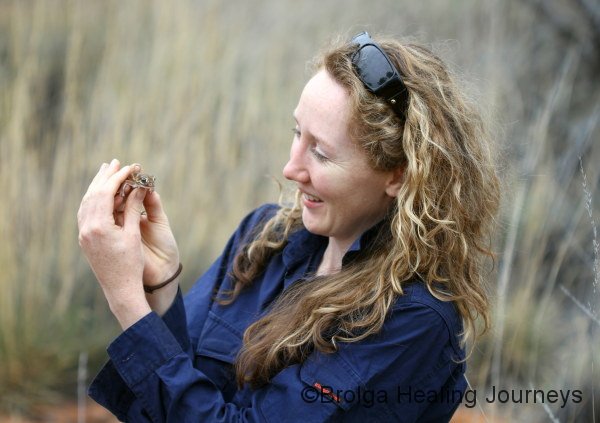
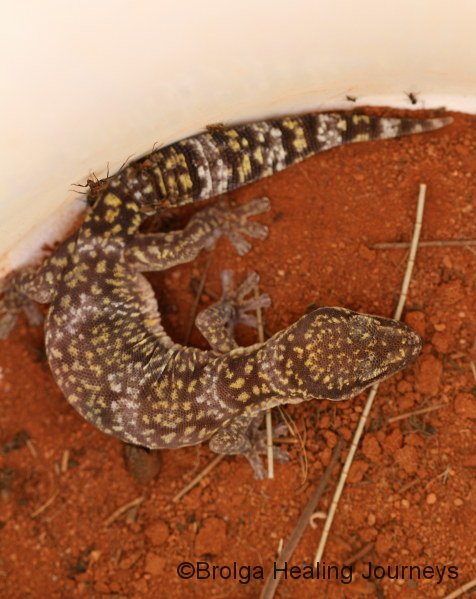
We spent most of the survey as part of the (self-proclaimed) ‘A-Team’, ably lead by intern Margarita Steinhardt, who not only drove our team around the sites and identified the species but also ensured that the two of us and Scotia’s Manager Tony Cathcart were gainfully employed at the sites. The team worked hard but had a lot of fun and plenty of laughs. Nirbeeja and I were also thrilled to spend a couple of days pitfalling with Scotia’s ecologists Dr Leah Kemp and Felicity l’Hotellier.
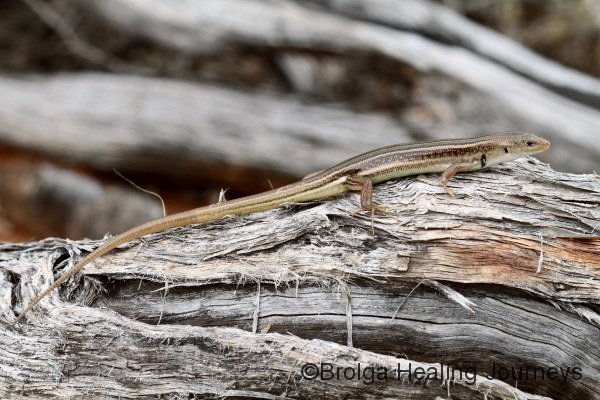
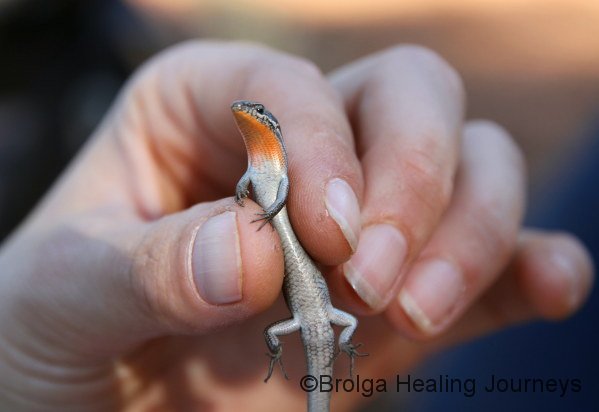
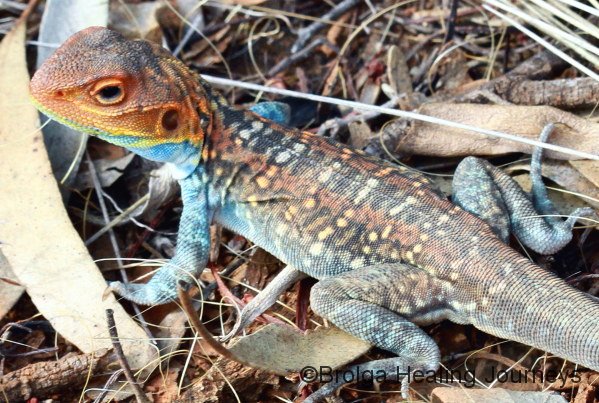
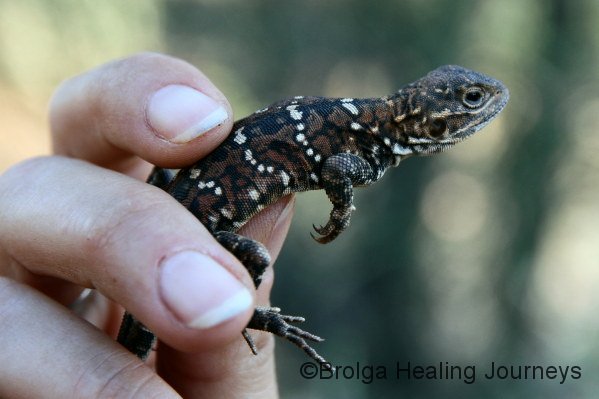
The end of a survey is good reason to celebrate and this survey was no exception. This celebration took the form of the Scotia Olympics and following Toga party (thanks Roy). They were great fun, though the stories from them are best kept to the participants!
Next stop for us – Kalamurina Sanctuary. Till next time.
Peter & Nirbeeja
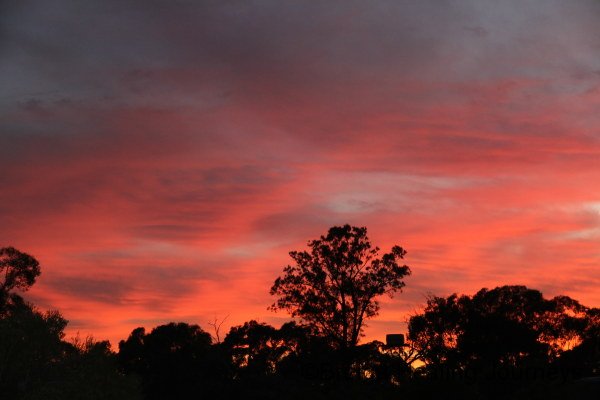
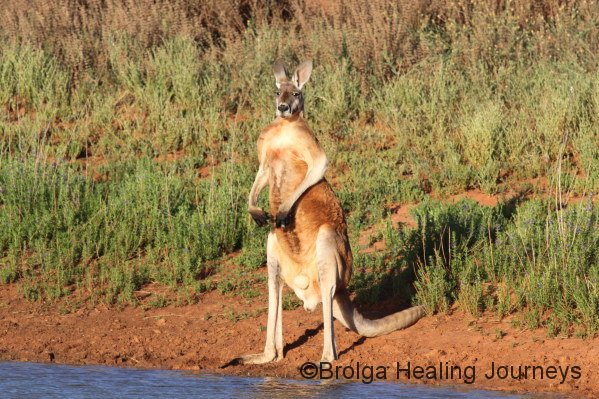
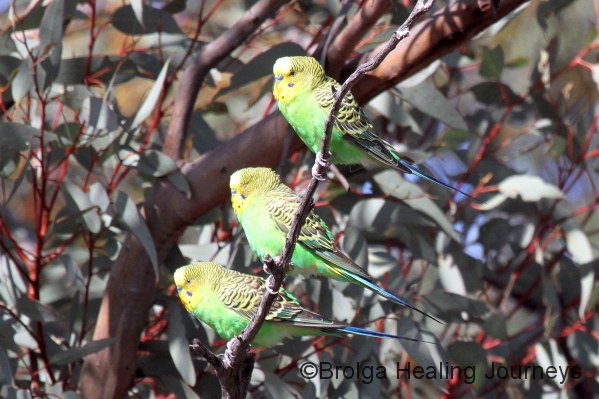
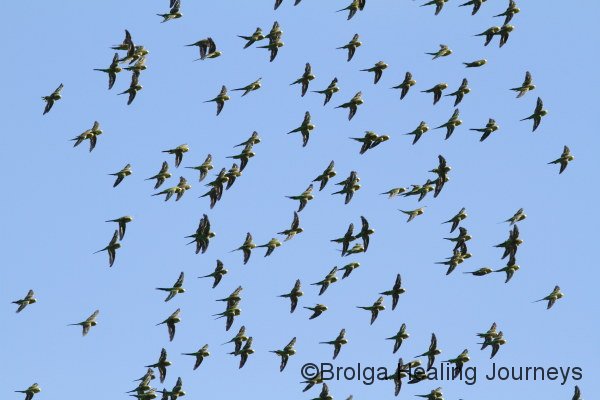
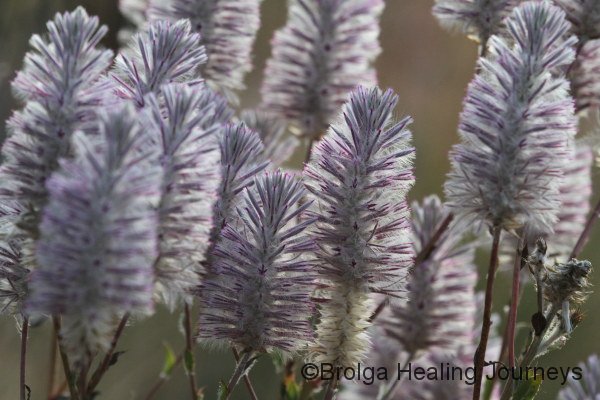
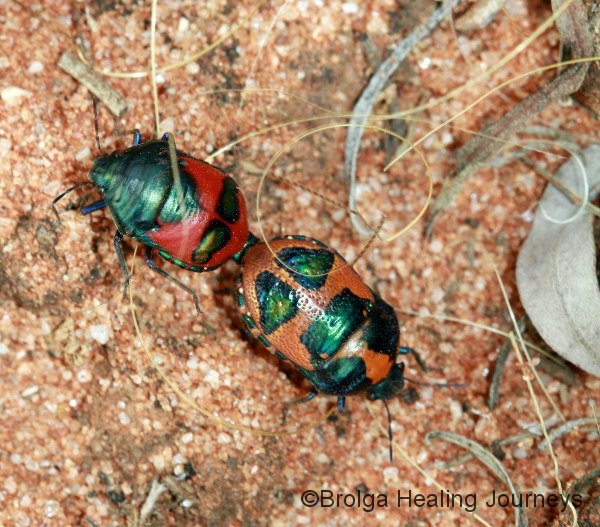































































Wow, I love your pics!! What a great life you have.